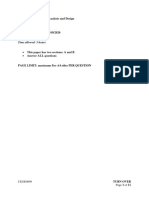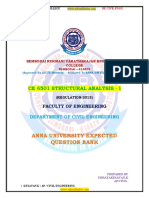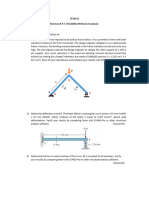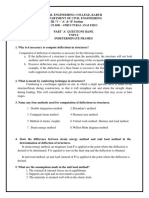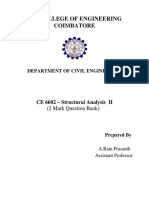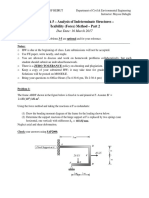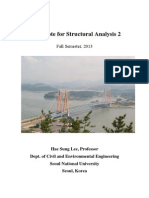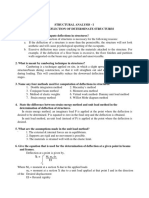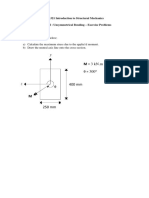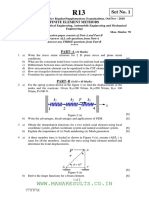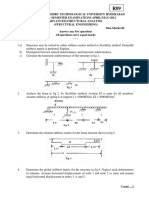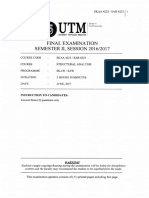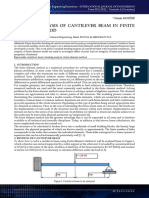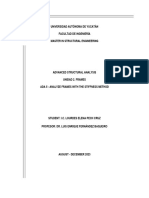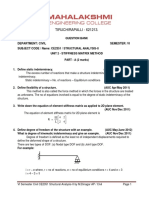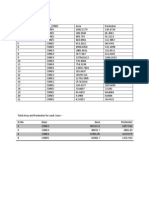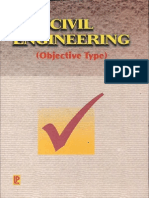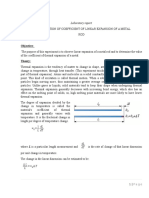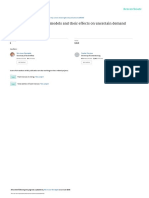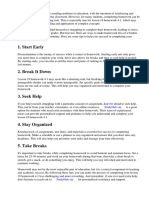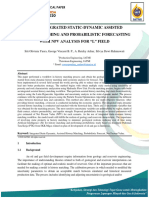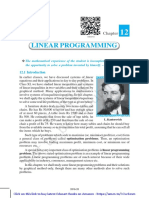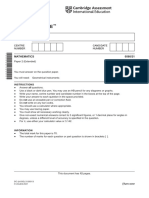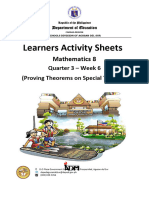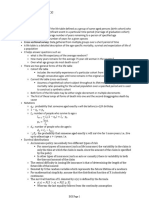0% found this document useful (0 votes)
252 views1 pageAssignment 5
This document provides instructions for three problems involving the structural analysis of beams and grids using matrix methods. Problem 1 involves generating the stiffness matrix and load vector for a continuous beam with multiple degrees of freedom and solving for support reactions and shear/bending diagrams using the reduced stiffness and flexibility methods. Problem 2 repeats this for the continuous beam using the flexibility method. Problem 3 involves analyzing a grid structure formed by two beams connected at their midspans and subject to a centrally applied load, including sketching the internal force diagrams and using a matrix method to calculate missing values.
Uploaded by
Pinakin GoreCopyright
© Attribution Non-Commercial (BY-NC)
We take content rights seriously. If you suspect this is your content, claim it here.
Available Formats
Download as PDF, TXT or read online on Scribd
0% found this document useful (0 votes)
252 views1 pageAssignment 5
This document provides instructions for three problems involving the structural analysis of beams and grids using matrix methods. Problem 1 involves generating the stiffness matrix and load vector for a continuous beam with multiple degrees of freedom and solving for support reactions and shear/bending diagrams using the reduced stiffness and flexibility methods. Problem 2 repeats this for the continuous beam using the flexibility method. Problem 3 involves analyzing a grid structure formed by two beams connected at their midspans and subject to a centrally applied load, including sketching the internal force diagrams and using a matrix method to calculate missing values.
Uploaded by
Pinakin GoreCopyright
© Attribution Non-Commercial (BY-NC)
We take content rights seriously. If you suspect this is your content, claim it here.
Available Formats
Download as PDF, TXT or read online on Scribd
/ 1








